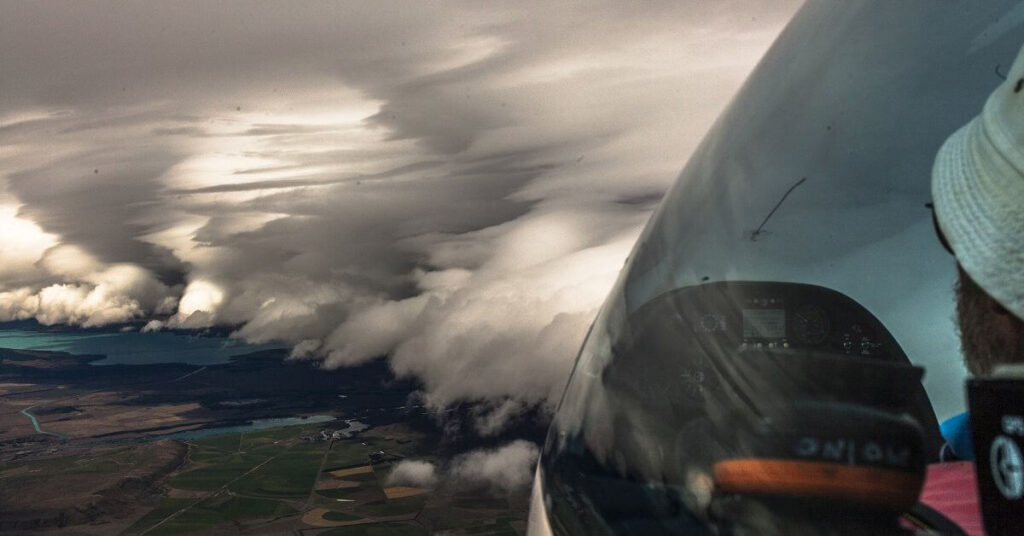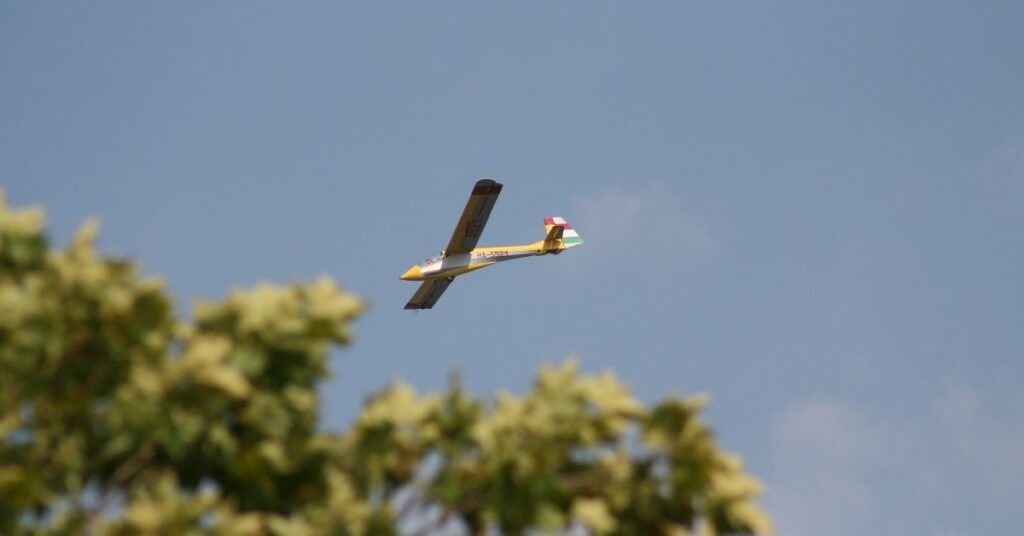Weather knowledge is crucial when it comes to flying a glider. Understanding the conditions in which you will be flying can mean the difference between a successful flight and a dangerous one. In this blog post, we will discuss the importance of staying informed about weather patterns, how to read weather forecasts, and tips for staying safe while flying in different weather conditions. Whether you’re a seasoned pilot or just starting out, it’s essential to have a solid understanding of how weather can impact your flight. So, let’s dive in and explore the importance of weather knowledge when flying a glider.
Weather is an incredibly important factor when it comes to flying a glider. As gliders do not have engines, pilots rely on the natural elements to gain altitude and navigate through the skies. Understanding the weather conditions and how they will affect a flight is crucial for glider pilots.
One of the most important things to consider when it comes to weather and glider flying is thermal activity. Thermals are columns of rising warm air that glider pilots use to gain altitude. In order to find and make the most of thermals, pilots need to have a good understanding of how they form and how they are affected by weather patterns. For example, clear, sunny days with light winds are typically the best conditions for thermal activity, while overcast or windy conditions can make thermals harder to find.
Another important factor to consider is wind direction and speed. Gliders are able to fly at high speeds, but they need the right conditions to do so. Pilots need to pay attention to wind direction and speed to determine the best course of action. For example, if the wind is blowing in the opposite direction of the pilot’s desired destination, they may need to find a different route or wait for a change in the wind.
In addition to thermals and wind, pilots also need to be aware of other weather conditions such as cloud formations, precipitation, and turbulence. Understanding these conditions can help pilots make informed decisions about when and where to fly.
One way for glider pilots to stay informed about the weather is by using a variety of sources such as weather forecasts, pilot reports, and on-board weather instruments. By using these sources, pilots can make informed decisions about when and where to fly, and how to best navigate the weather conditions.
It’s also important to note that weather conditions can change rapidly, and even the most experienced pilots need to be prepared to adapt to changing conditions. Pilots should always have a plan B in case their initial plan is no longer viable due to weather.
In conclusion, understanding weather conditions is essential for glider pilots. By staying informed about thermals, wind, clouds, precipitation, and turbulence, pilots can make informed decisions about when and where to fly, and how to best navigate the weather conditions. This knowledge can help ensure a safe and enjoyable flight, and is a must for any aspiring glider pilot.



